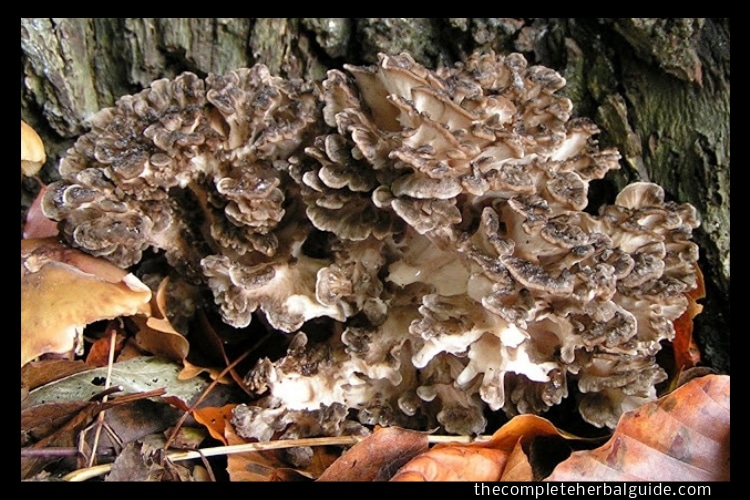
Medicinal Uses of Graviola
Graviola is used as a natural remedy for infections, fever, digestive problems and high blood pressure.
Graviola is the Portuguese name for a plant that is widely grown and consumed in Latin America. In Spanish-speaking countries, the fruit is called guanábana. Common names for it are soursop, custard apple, cherimoya, and Brazilian paw paw. By whatever name, this tropical evergreen tree produces a fruit with white flesh, many large seeds, and an extremely sweet, slightly acidic flavor. Because it is difficult to eat, its pulp is commonly made into juice. In fact, your local grocery store probably sells the popular guanábana nectar.
Not only the fruit but also other parts of this plant — the leaves, stem, bark, roots, and seeds — have a long history of medicinal use in the Americas. Graviola is used as a natural remedy for infections, fever, digestive problems and high blood pressure [source: Cassileth]. Researchers have documented many other traditional uses among the indigenous people of the Andes, the Amazon and the Caribbean [source: Taylor].
Recently, scientists have begun to explore the potential of the bioactive chemicals in Graviola leaves, stems, and seeds, called annonaceous acetogenins. These acetogenins appear to have powerful anti-tumor and anti-cancer qualities. Some test-tube studies have concluded that Graviola compounds may be able to target and kill cancer cells, even drug-resistant ones, without interfering with healthy cells. These results, circulated through alternative medicine networks and on the Internet, have created considerable excitement and a measure of hype. Natural health guru Andrew Weil is among those who are skeptical of the claims made for Graviola and recommends against its use [source: Weil]. It may take years before clinical trials are conducted to legitimate or disprove the claims made by Graviola proponents. In the meantime, the plant has hit the herbal market and many cancer patients are taking it.
Graviola Benefits
 Graviola is a rainforest plant that has been part of the natural and traditional medicine of Central and South America and the Caribbean for centuries. It has an extremely wide range of medicinal properties, which are distributed through the different parts of the plant. The fruit or juice is taken to reduce fever, counteract diarrhea and dysentery, and kill worms and other parasites. The seeds are also a potent antiparasitic and are used traditionally as a remedy for lice. The bark, leaves, and roots can be made into a soothing medicinal tea, taken as a sedative or an antispasmodic. Research also bears out the traditional use of Graviola tea as a hypotensive — that is, a remedy for high blood pressure [source: Taylor]. The bark can also be used to treat fever, and the leaves are used topically to speed the healing of wounds. The unripe fruit is especially prized as a digestive aid [source: Weil].
Graviola is a rainforest plant that has been part of the natural and traditional medicine of Central and South America and the Caribbean for centuries. It has an extremely wide range of medicinal properties, which are distributed through the different parts of the plant. The fruit or juice is taken to reduce fever, counteract diarrhea and dysentery, and kill worms and other parasites. The seeds are also a potent antiparasitic and are used traditionally as a remedy for lice. The bark, leaves, and roots can be made into a soothing medicinal tea, taken as a sedative or an antispasmodic. Research also bears out the traditional use of Graviola tea as a hypotensive — that is, a remedy for high blood pressure [source: Taylor]. The bark can also be used to treat fever, and the leaves are used topically to speed the healing of wounds. The unripe fruit is especially prized as a digestive aid [source: Weil].
Additional utilization of Graviola has been documented within specific native healing traditions. In the Andean mountain ranges of Peru, Graviola leaves are brewed to discharge mucus and soothe inflamed mucous membranes. To the east, in the Amazon region, the bark, leaves, and roots are used by diabetics to stabilize blood sugar. The leaf tea is taken as a heart tonic in Guyana, a liver remedy in Brazil, and a treatment for asthma, coughs, and flu in the West Indies. It is also used for arthritis and rheumatism, and some mothers eat and drink the Graviola fruit to increase lactation [source: Taylor].
New York’s Memorial Sloan-Kettering Cancer Center affirms a number of the plant’s beneficial properties,
Soursop including antiviral, antiparasitic, antirheumatic and emetic effects on its Web site [source: Memorial Sloan-Kettering]. In view of this extensive list of benefits, the claims for Graviola’s cytotoxic effects on tumors and cancer cells have acquired a certain credibility for many people, despite the absence of scientific evidence on human subjects.
Graviola and Cancer
The National Cancer Institute first noted the anticancer activity of Graviola leaves in 1976, in an internal study not publicly released. Much of the subsequent research has been conducted at Purdue University in Indiana [source: Bluestein].
The studies concentrate on the antitumor properties and selective toxicity of annonaceous acetogenins. In 1997, the Purdue team announced that these phytochemicals, in studies, appeared especially effective at destroying cells that had survived chemotherapy. Such cells can develop resistance to several anti-cancer agents, earning the name multi-drug resistant (MDR). Typically, less than two percent of cancer cells have MDR properties, but this small set can quickly multiply after initial chemotherapy, rendering subsequent rounds of chemo useless. Expelling the anti-cancer agents requires large amounts of cellular energy, which MDR cells acquire from the chemical ATP. Acetogenins inhibit ATP transfer into these cells, regarding their function in a process that eventually leads to cell death. This process bypasses the healthy cells, which do not require infusions of ATP [source: Taylor].
These research findings have generated tremendous excitement, as well as an effort to market Graviola supplements. Skeptical analysts point out that test-tube experiments are only a preliminary stage in cancer research, and it is, therefore, premature to ascribe a potent anticancer effect to Graviola. Nevertheless, one study claimed that Graviola was 10,000 times more effective against cancer than the well-known chemotherapy drug Adriamycin, and this dubious assertion has found its way to numerous promotional sites [source: graviola.org]. Ralph Moss, a respected cancer writer who has been critical of mainstream oncology, comments that “astounding claims concerning cancer cures spread like a virus from Web site to Web site.” However, Moss admits that Graviola is “of potential importance to the future of medicine” [source: Moss]. Its increasing popularity indicates that some individuals are not content to wait for the blessing of the scientific establishment.






